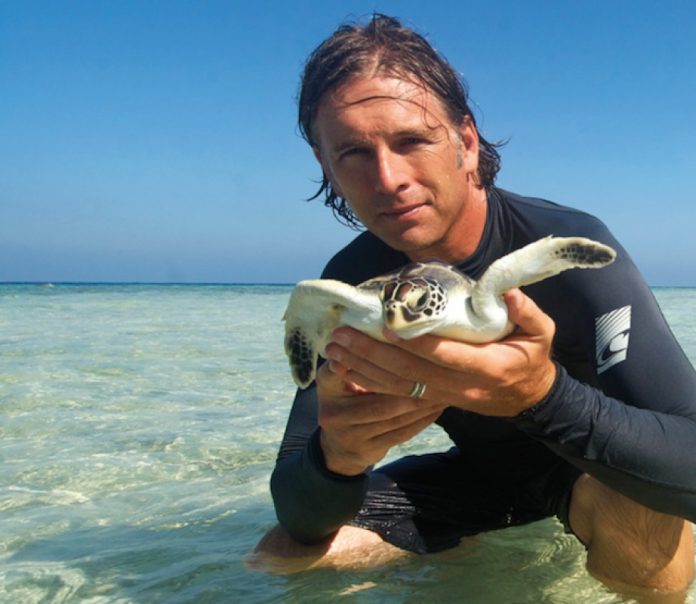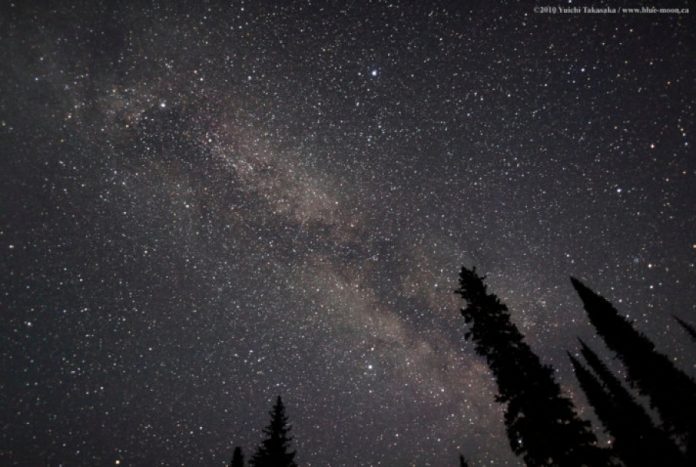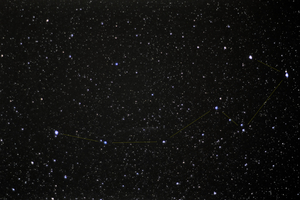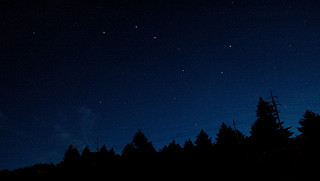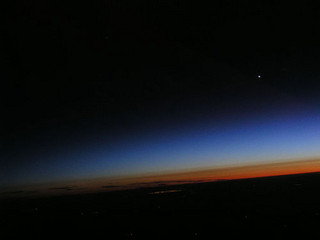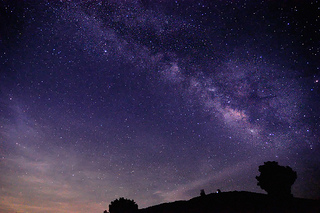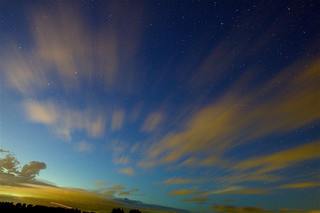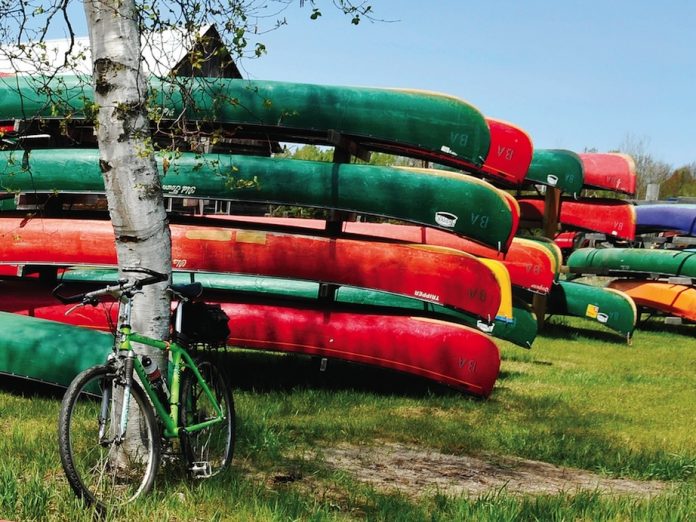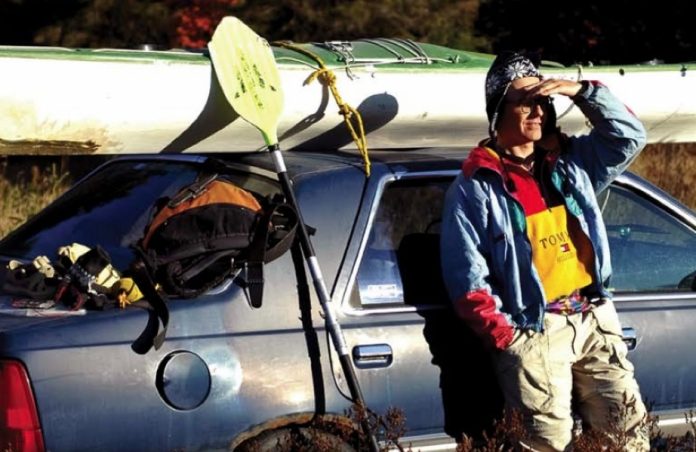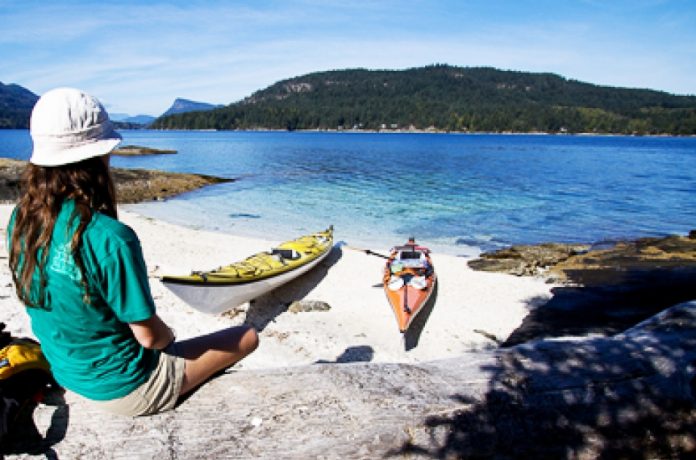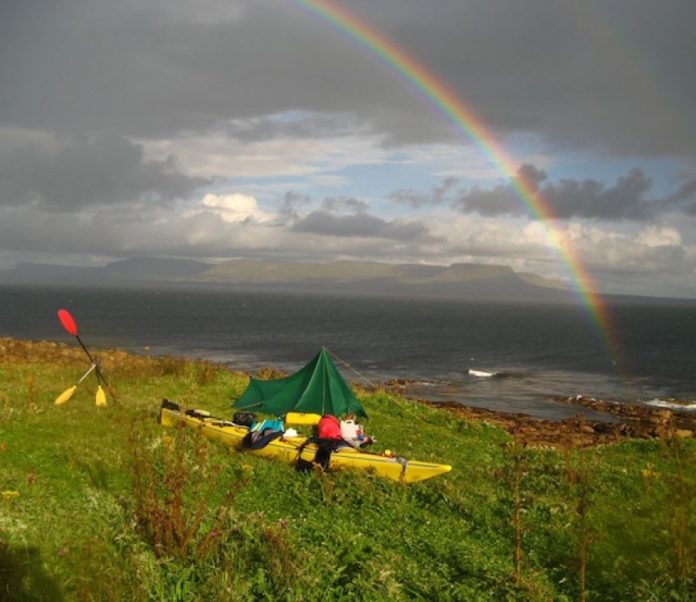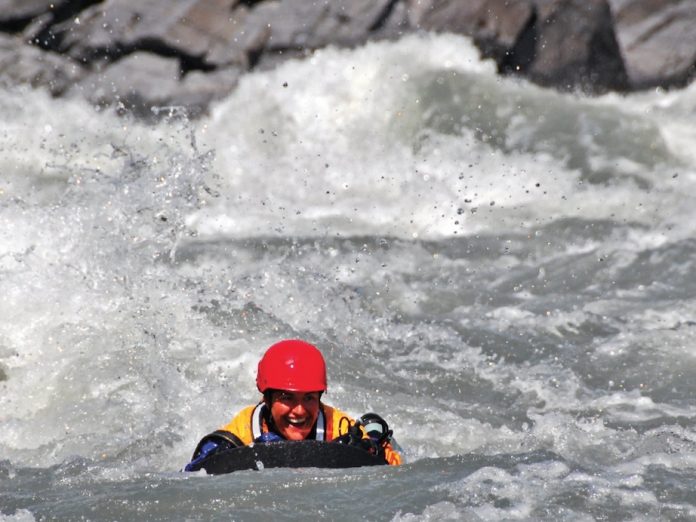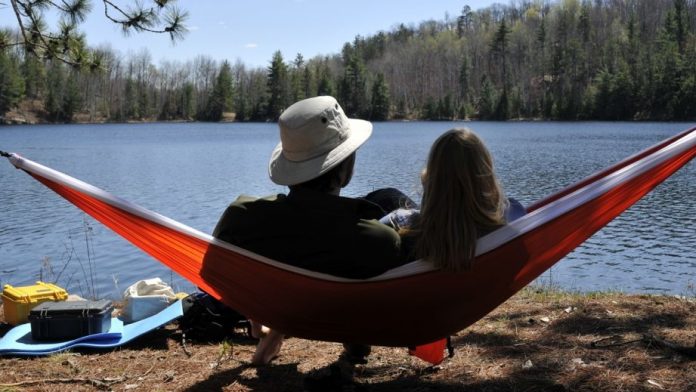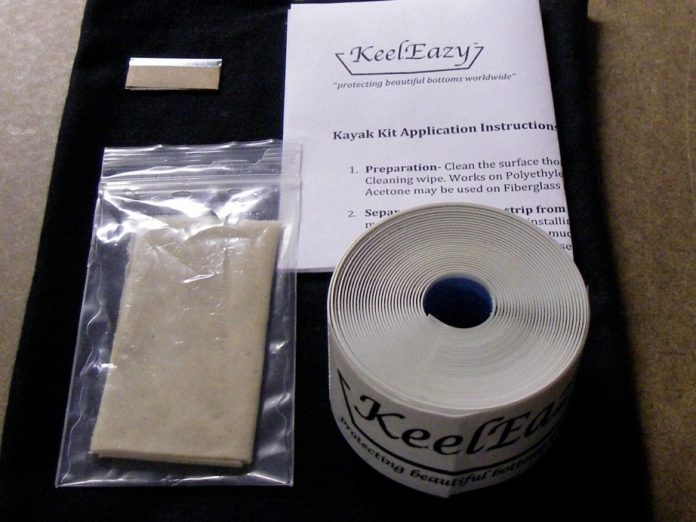PERFORM RESEARCH IN BAJA, MEXICO
Why settle for a conventional resort getaway when so many alternative adventures await intrepid travellers? Combine your love of kayaking, tropical beaches and good deeds by signing up for a service and research adventure with RED Sustainable Travel. Paddle the warm waters of Baja California, camp on tropical islands and help marine biologists with their research on adorable green sea turtles. www.seethewild.org
MAKE KAYAKING ACCESSIBLE ON VANCOUVER ISLAND, BRITISH COLUMBIA
Share the empowering experience of paddling and wilderness expeditions by volunteering with Power to Be Adventure Therapy in Vancouver and Victoria, B.C. You’ll be joining a passionate team of volunteers with the mission of making the benefits of nature accessible to everyone regardless of barriers or disabilities. www.powertobe.ca
KEEP OTHERS SAFE IN PANAMA CITY BEACH, FLORIDA
Want to experience the thrill of an Ironman triathlon from the comfort of your kayak? Volunteer as a safety kayaker and support world- class athletes as they race in the swimming leg of the Ironman Florida. Enjoy the pristine beaches and balmy climate, an incomparable van- tage of the race and a lively after-party. Plus, get inspired to try your own race—or perhaps be reminded why you prefer kayaking instead of triathlons! www.ironman.com
GIVE BACK TO THE KIDS IN MUSKOKA, ONTARIO
Camp Oochigeas gives kids affected by cancer the opportunity to escape into a world of outdoor adventure. With an overnight camp in Muskoka, a city-based day camp, year-round leadership program and hospital events—all run primarily by dedicated volunteers—Camp Ooch has plenty of opportunities to get involved. www.ooch.org
TRAVEL ON THE CHEAP IN MILFORD AND MARLBOROUGH SOUNDS, NEW ZEALAND
Looking for a cheap way to travel, connect with locals and paddle some of the most spectacular scenery in the world? Sign up as a volunteer with WWOOF (Willing Workers on Organic Farms) in New Zealand, and get access to an incredible network of farms, outdoor centers and more. Pick your hosts wisely, and you’ll not only learn new skills but also have boats to borrow—peruse the listings and choose between riverside hostels, oceanside yoga retreats and surf camps or remote home- steads accessible only by weekly mail boat. www.wwoof.co.nz
SUPPORT LOCAL ORGANIZATIONS IN OAKLAND, CALIFORNIA
Bring your kayak, SUP or canoe and sign up for the annual Support Strokes Fundraising Paddle to support local breast cancer organizations. Take your pick of three courses, including a 15-mile circumnavigation of Alameda Island. If the San Francisco Bay Area is too far afield, find a similar event in your own community or check out national organizations such as Kayak for a Cure. www.calkayak.com
CLEAN UP YOUR LOCAL LAKE, RIVER OR COAST
Join a shoreline cleanup—kayakers have unique access to hard-to- reach spots and can make a direct impact on the quality of our aquatic environments. And for those who like a challenge—ever tried towing an abandoned shopping cart? Pittsburgh’s Paddle Without Pollution engages hundreds of volunteers in cleanups and habitat restoration in watersheds across the Northeast. In Canada, the Great Canadian Shoreline Cleanup celebrates its 20th anniversary this year. Volunteer at spring and fall cleanups from coast to coast, or take on a leadership role as site coordinator of your local waterway. www.paddlewithout- pollution.com, www.shorelinecleanup.ca
 This article first appeared in the Early Summer 2013 issue of Adventure Kayak Magazine. For more great content, subscribe to Adventure Kayak’s print and digital editions here.
This article first appeared in the Early Summer 2013 issue of Adventure Kayak Magazine. For more great content, subscribe to Adventure Kayak’s print and digital editions here.



